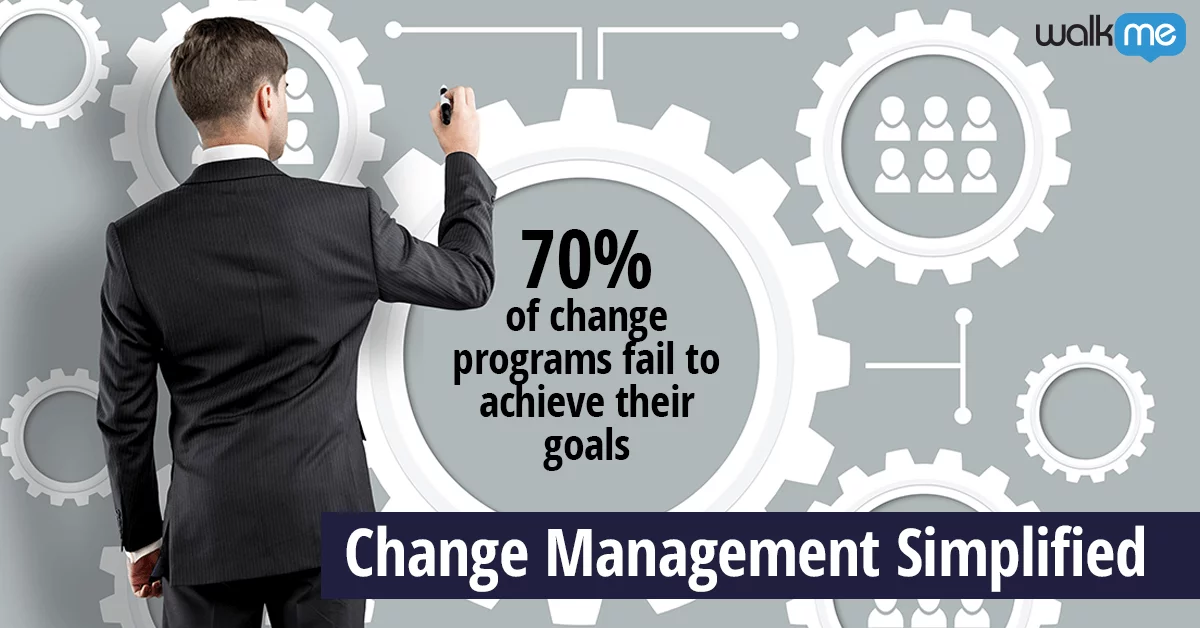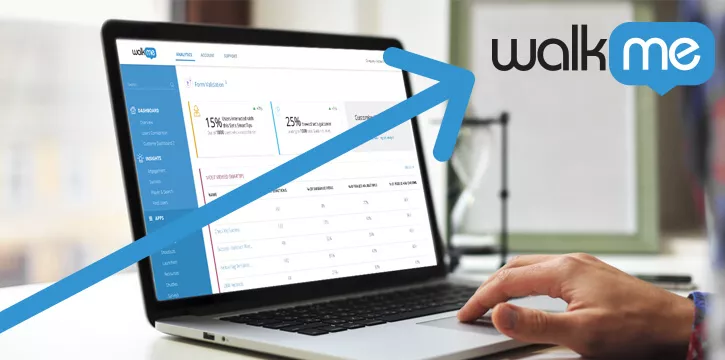How do you stay ahead of employee resistance to change?
There’s an elephant lurking in our office. Some say it’s pink and others claim they’ve seen it parading in the corridor wearing a top-hat. What is certain is that this big grey idea invading our comfort zones is very real.
In every company there is that topic that, once mentioned, is followed by an uncomfortable silence. When someone brings it up, your team may even develop a sudden interest in whatever happens to be in their laps at the time in order to avoid making eye contact with one another.
Change management is no exception. When the elephants of cynicism and passive resistance to change are crowding the room, open dialogue is the key to removing their presence and executing effective change management.

 It’s impossible to send the elephants out of the change management room if the company’s leaders are out of touch with the employees.
I am sure many of you can picture this scenario:
A company’s leaders convene a meeting to discuss a soon-to-be-implemented change. The second it begins, people on the team start looking at one another. Some of them subtly, others not so subtly, start rolling their eyes. The CEO or VP leading the meeting is not an idiot and is slightly annoyed, but nevertheless carries on describing the proposed change.
By the end of the meeting, both elephants—cynicism and passive resistance—have claimed real estate in the meeting room. Management has failed to engage the workforce and the change process, barely a day old, has already spawned a grey, trumpeting creature.
It’s impossible to send the elephants out of the change management room if the company’s leaders are out of touch with the employees.
I am sure many of you can picture this scenario:
A company’s leaders convene a meeting to discuss a soon-to-be-implemented change. The second it begins, people on the team start looking at one another. Some of them subtly, others not so subtly, start rolling their eyes. The CEO or VP leading the meeting is not an idiot and is slightly annoyed, but nevertheless carries on describing the proposed change.
By the end of the meeting, both elephants—cynicism and passive resistance—have claimed real estate in the meeting room. Management has failed to engage the workforce and the change process, barely a day old, has already spawned a grey, trumpeting creature.

So what are these change management elephants?
“Here we go again” becomes the catchphrase of many employees. They become cynical about change due to a phenomenon known as ‘change fatigue’ in which too many unnecessary changes lead employees to see each new initiative as the ‘flavor of the month.’ Change management becomes a near impossible task because most employees don’t disclose their concerns about the change to their managers. Instead, they begin feeding our tusked companion—cyncism. The second elephant in the room is the passive resistance to change. Passive resistance comes in many forms. It can range from a poor attitude to sloppy work that is filled with errors. However, dealing with this issue can be uncomfortable. Talking to your all-star employee about his or her bad attitude can make the relationship tense during an important transition period.Identify the underlying barrier to effective change management: Lack of communication
If these issues are not addressed in a timely and effective manner, then they will make change management difficult and cause problems in the future. Dealing with employee cynicism and resistance to change are critical. Not only can they ruin the whole desired change, but they are also an unnecessary drain of time, money, and more importantly, morale. Now, dear reader, you may be noticing a pattern. Both elephants come from the same place—lack of communication between leadership and team members. However, before I address communication problems, I’d like to clarify a common misconception. Communication and engagement are not the same thing. I could write a whole article on this distinction alone, but the point I want to make is that telling someone and discussing it with them are two entirely different actions. It’s impossible to send the elephants out of the change management room if the company’s leaders are out of touch with the employees.
I am sure many of you can picture this scenario:
A company’s leaders convene a meeting to discuss a soon-to-be-implemented change. The second it begins, people on the team start looking at one another. Some of them subtly, others not so subtly, start rolling their eyes. The CEO or VP leading the meeting is not an idiot and is slightly annoyed, but nevertheless carries on describing the proposed change.
By the end of the meeting, both elephants—cynicism and passive resistance—have claimed real estate in the meeting room. Management has failed to engage the workforce and the change process, barely a day old, has already spawned a grey, trumpeting creature.
It’s impossible to send the elephants out of the change management room if the company’s leaders are out of touch with the employees.
I am sure many of you can picture this scenario:
A company’s leaders convene a meeting to discuss a soon-to-be-implemented change. The second it begins, people on the team start looking at one another. Some of them subtly, others not so subtly, start rolling their eyes. The CEO or VP leading the meeting is not an idiot and is slightly annoyed, but nevertheless carries on describing the proposed change.
By the end of the meeting, both elephants—cynicism and passive resistance—have claimed real estate in the meeting room. Management has failed to engage the workforce and the change process, barely a day old, has already spawned a grey, trumpeting creature.

